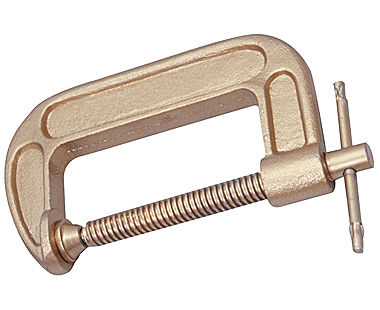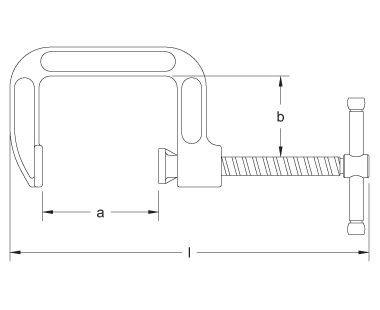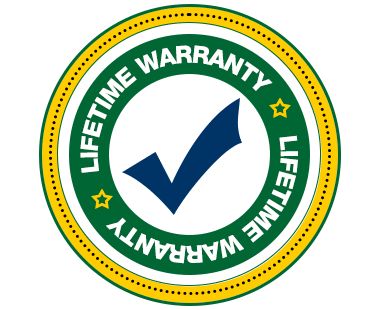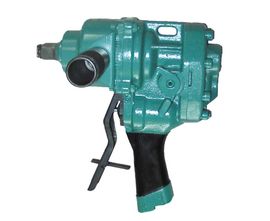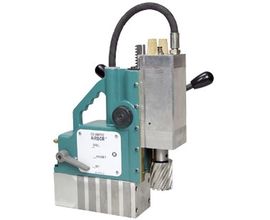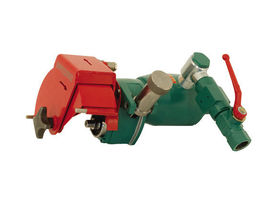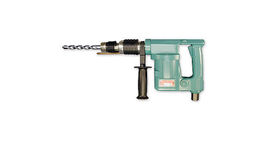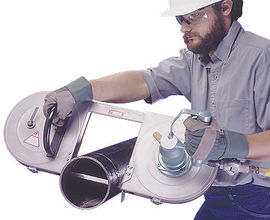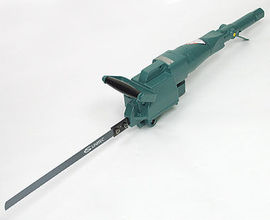C-Type Clamp
Ex901 Series
- Non-Sparking
- Non-Magnetic
- Corrosion Resistant
- ISO 9001:2015 certified production, TUV materials certified
- Lifetime Warranty
Applications:
- Non-sparking c-type clamp for use in petrochemical, grain production (explosive-dust), utilities, and hazmat applications.
- Non-magnetic c-type clamp for use in MRI/NMR, nuclear products, electronic manufacturing, and other sensitive equipment.
- Corrosion Resistant c-type clamp for use in desalination plants, chemical/paper manufacturing, and shipyards.
- Standard Sizes
- ALLOYS & USE
| A = Aluminum Bronze | B = Copper Beryllium | |
|---|---|---|
| Example: | Ex901-100A | Ex901-100B |
| No. | a max inch | b inch | l inch | Wt. lbs. | a max mm | b mm | l mm | Wt. kg |
|---|---|---|---|---|---|---|---|---|
| Ex901-100 | 4 | 2-3/4 | 12-3/8 | 3.77 | 100 | 70 | 309 | 1.71 |
| Aluminum-Bronze (AlBr) Alloy | Copper-Beryllium (CuBe2) Alloy | |
|---|---|---|
| Zone Compatibility | Fulfill demand in ATEX Directive 1999/92/EC for work in Zones 0, 1, 2, 20, 21 and 22, M1 & M2 | Fulfill demand in ATEX Directive 1999/92/EC for work in Zones 0, 1, 2, 20, 21 and 22, M1 & M2 |
| Hardness | 27 HRC | 38 HRC |
| Durability | Not as durable as CuBe. | Very durable due to high hardness and tensile strength. |
| Magnetic Properties | Low magnetism due to minimal ferrous components. Appropriate for non-critical non-magnetic applications. | Non-ferrous components; safer for applications demanding non-magnetic properties. |
| Composition | Al: 10.3% Fe: 4.5% Ni: 4.5% Other: 0.5% Cu: Balance | Be: 1.9% Co + Ni: 0.4% Other: 0.5% Cu: Balance |
For More Information on Choosing The Correct Alloy for Your Application - Click Here
| Proper Use | Misuse |
| Store C-clamps by clamping them in a rack, not in a drawer.Use pads with C-clamps to avoid marring the work.Discard any clamp that has a bent frame or a bent spindle.Keep all moving parts lightly oiled and clean; however, make sure there is no dirt or oil on any part that will come in contact with the work.Make sure swivel at end of the screw is turning freely before using.Avoid using extra large clamps just for the sake of their large throats; instead usedeep-throat clamps. | Do not use a wrench, pipe, hammer, or pliers, to gain extra tightening; a wrench should be used only on those clamps especially designed for tightening with a wrench.Never use a C-clamp for hoisting work. Special lifting clamps are made for this purpose.Never use a C-clamp for hoisting or for supporting a scaffold or platform, that may be used to carry people.Do not use C-clamps for securing a load that may be carried over a public highway; vibration may cause the clamps to loosen and the load to break loose. |

| Downloads: |
|---|
 Urgent Weekend/Holiday Fulfillment Available - Click For Details
Urgent Weekend/Holiday Fulfillment Available - Click For Details 




